How to dry carrots, description of different drying methods, use of dried carrots
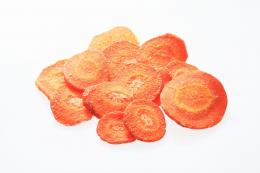
It happens that a good harvest is grown at the dacha, but it turns out that there is simply nowhere to store it.
For example, this happens with carrots: there is no cellar or basement with a suitable temperature, and you can’t fit much in the refrigerator.
This is where the question arises about other storage options or methods of preparing for the winter in the form of semi-finished products.
Now I will try to consider the question of how to dry carrots for the winter, whether the product loses its properties from such treatment.
Content:
- What are the advantages of dried product
- Do carrots retain their properties after drying?
- What types of root vegetables can be used for drying?
- Features of the preparation process
- Slicing
- How to dry carrots outdoors
- How to dry carrots in a dryer
- how to dry carrots for soup in the microwave
- Heat treatment in the oven and air fryer
- Methods for determining product readiness
- Home storage options
- How and why to use it
- How to dry carrot tops
- Some interesting facts about the vegetable
What are the advantages of dried product
Among the positive aspects of this preparation option are:
- possibility of choosing a heat treatment option;
- the finished product has insignificant weight and volume;
- there is no need to clutter the refrigerator, the optimal storage temperature is room temperature;
- most of the beneficial substances are preserved during drying;
- can be used in preparing most traditional dishes;
- always located directly in the kitchen;
- stored for a long period.
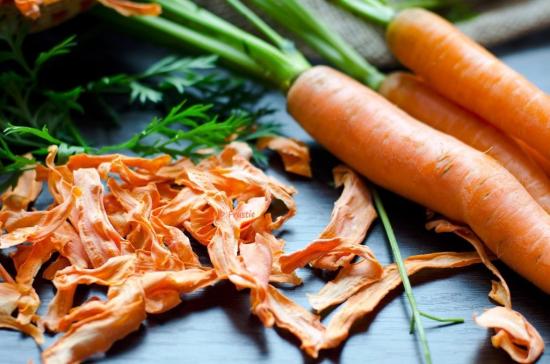
Considering the above factors, it is easy to conclude that drying is one of the most rational options for storing a product.
Do carrots retain their properties after drying?
The heat treatment process does not have a particular impact on the quality and composition of the product. Under the influence of temperature, most useful substances are preserved, in particular, carotene, which is very useful for people with visual impairments and diseases of the respiratory organs.
Carotene:
- helps lower blood cholesterol levels,
- supports cardiovascular health,
- reduces the risk of developing oncological processes,
- has a positive effect on the activity of the reproductive system organs in men.
An invaluable component of the root vegetable is fiber; its consumption contributes to:
- normalization of blood glucose levels and removal of toxins;
- improving digestion and maintaining weight.
Vitamin C protects a person from colds and viral diseases and supports the immune system.
Folic acid maintains healthy skin, hair, teeth, and normalizes the activity of the nervous system.
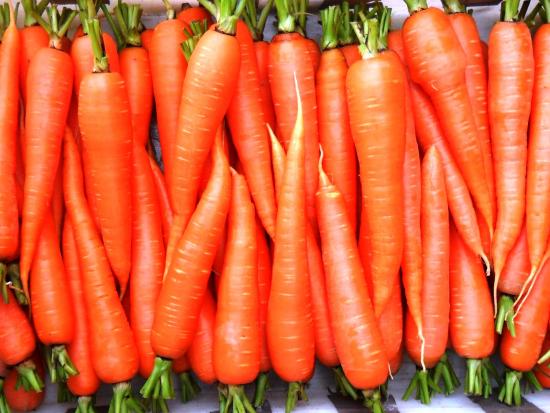
The dried product can also be used for the purpose of prevention:
- arthritis;
- diseases of the gastrointestinal tract and heart;
- kidneys and liver;
- varicose veins of the lower extremities;
- attacks of hypertension.
It is not recommended to use dried carrot in large quantities for people with gastrointestinal ulcers, as well as those who have high acidity.
What root vegetables can be used for drying?
It is best to select root vegetables that are medium in size, have no damage or birth defects, and are bright orange in color.
As for varieties, it is rational to take early and medium ripening, without a core, or with a soft core, without hard fibers.
Features of the preparation process
Preparation of the root vegetable consists of:
- in removing tops
- thorough washing
- cleaning, removing the slightest damage
- repeated washing.
Further carrot Blanch whole in a saucepan of boiling water.
Blanching can take from 10 to 20 minutes, depending on the size.
A toothpick will help determine readiness; when piercing the fruit with it, you should feel slight resistance.
Slicing
You can choose any cutting shape, circles or squares, strips, small cubes, you can even grate them on a coarse grater. The main thing is that the thickness of the workpiece does not exceed 0.5 cm.
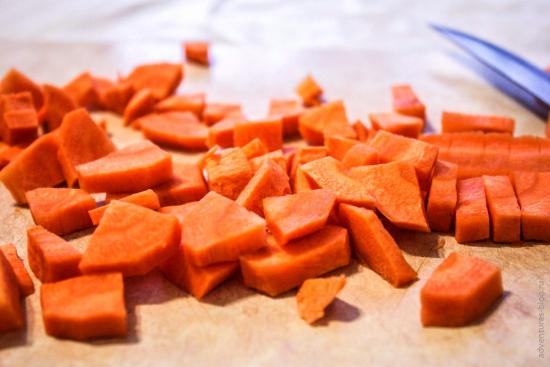
If you plan to cut different shapes, it is better to prepare containers for packaging them separately. This will make it much more convenient to choose a product suitable for preparing any dish.
As for the drying methods itself, you can use different methods to choose from
How to dry carrots outdoors
The simplest and most cost-effective method of drying is outdoors, in the sun. You will need to choose a place that remains unshaded throughout the day. Naturally, it should be located away from the road, playground and other potential sources of dust.
You will also need a large sieve or a tray lined with gauze. The workpieces should be laid out in one layer, closer to each other, and left in the air.
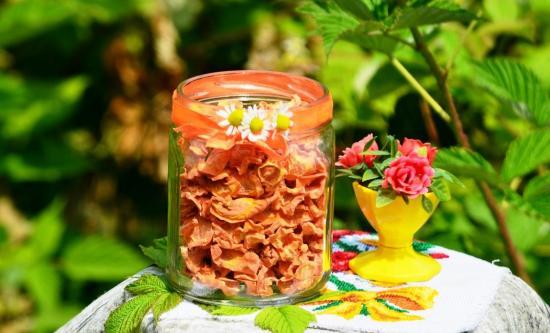
If the bottom of the drying dish is not mesh, you will need to turn the pieces over periodically.
Let us immediately warn you that this option will require a lot of patience; it will take from one to two weeks for the complete evaporation of moisture from the product.
How to dry carrots in a dryer
In the dryer, the process of removing moisture occurs much faster, depending on the dryer and the set temperature (recommended + 50 C), for readiness it will require processing for 8 to 18 hours.
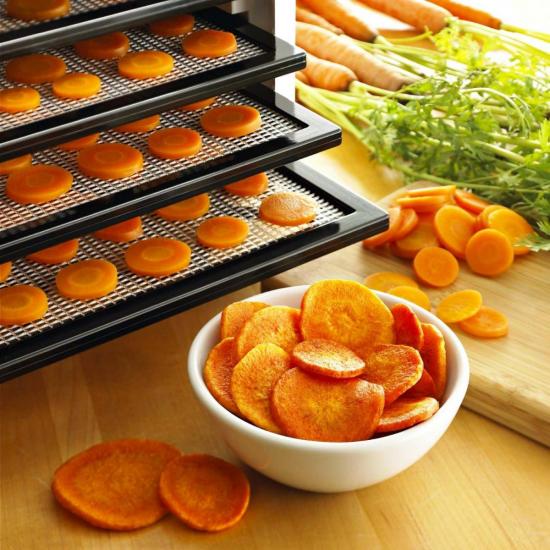
The prepared pieces of blanched product are laid out on non-mesh trays, and the temperature is set to no more than +50 C +55 C.
Do not forget that during the drying process the product often loses a significant amount of its weight; from 9 kg of fresh carrots you will get about 900 g of dried carrots.
Let's watch a video on how to dry carrots in a dryer:
How to dry carrots for soup in the microwave
The product is cut into small thin pieces, dried, laid out on one paper towel, and covered with another. The package is placed in the microwave, and a container of water is also placed there, a glass is enough.
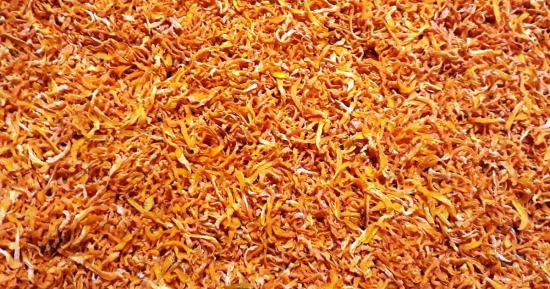
Three minutes for processing will definitely be required, then the degree of shrinkage will have to be checked every 30 seconds. Monitor the condition of the water in the container - it should not boil away.
Heat treatment in the oven and air fryer
The most commonly used drying method is in the oven. I place the prepared pieces on a baking sheet, set the temperature from + 65 to +80 C, it is advisable to periodically turn the pieces over.
It will take about 6-8 hours to process and bring to readiness.
You can use a little trick and significantly speed up the process by dividing it into 3 steps. After processing for 20 minutes at a temperature of +200C, the product is completely cooled, then proceed to the next stage of heat treatment.
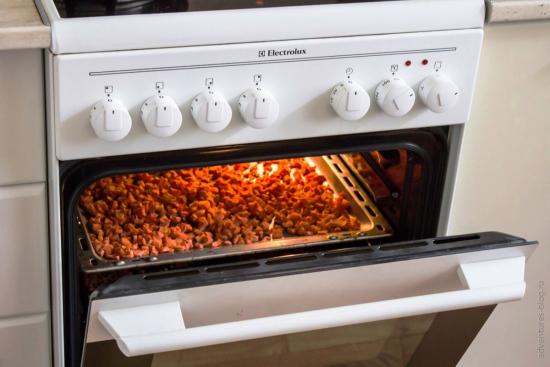
You can also use an air fryer to dry vegetables.The pieces are laid out on racks in one layer. It is most convenient to use a steamer.
In order for moisture to evaporate more actively, you will need to create a small gap between the lid and the body, for example, insert a skewer.
The blowing speed is set to medium, the temperature is within +120 C. It will take about 15 minutes to obtain the finished product.
You will learn more about drying carrots in the oven by watching the video:
Methods for determining product readiness
The finished dried product should have approximately 15% moisture content. But an inexperienced person cannot determine this by eye. Therefore, they resort to other control options; the pieces should not crumble, but at the same time they should be fragile.
Home storage options
If, when drying a vegetable, there was exposure to elevated temperatures, then upon completion of the process, the finished product is cooled to room temperature.
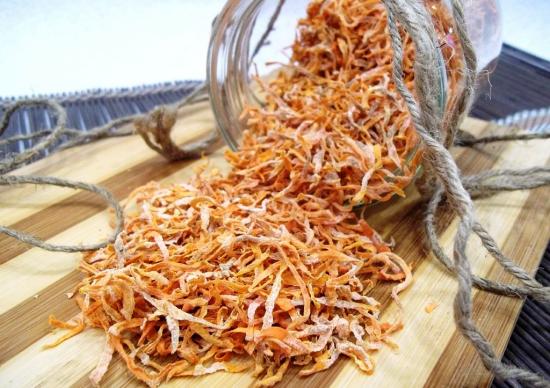
For storage, if desired, glass containers can be used, i.e. cans, tin, or bags made of natural fabric.
The place should be dry and dark. The storage period should not exceed 12 months.
Other dried vegetables and fruits can be stored in a similar way: apples, cherries, plums, beets, herbs, including parsley and even green onions.
How and why to use it
You can use dried vegetables when preparing both first and second courses:
- borscht and soups
- stew and porridge
- meat and fish dishes
- sweet and savory pastries
- sauces and gravies
- drinks
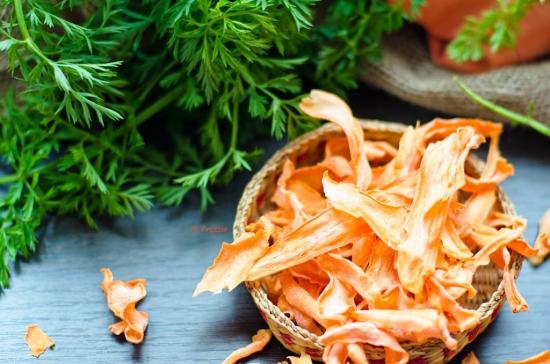
Healing teas are also prepared from dried vegetables. But to prepare them, it is recommended to dry the carrots naturally. in the sun and in the air.
How to dry carrot tops
Knowing about the healing properties of tops, some housewives prefer not to throw them away, but to store them for the winter. Only undamaged stems with leaves are selected for drying. They are washed very thoroughly, changing the water several times.
Then they are dried on a canvas napkin and cut into small pieces, laid out on clean paper or cloth, and placed in a dark place.
The drying process should take place at room temperature until the stems are completely dry.
Store the finished product in glass jars, closed with glass lids or in fabric bags, in a dark cabinet.
In winter, teas are brewed or decoctions are made that help cope with eye diseases, swelling, and effectively cleanse the blood.
Some interesting facts about carrots
This vegetable is extremely loved and revered by Americans. There's even a carrot festival in Holtville, California, with the election of a queen.
On this day, tourists and guests come to the city, local chefs, both amateurs and professionals, have the opportunity to compete in the skill of preparing dishes from the bright orange vegetable.
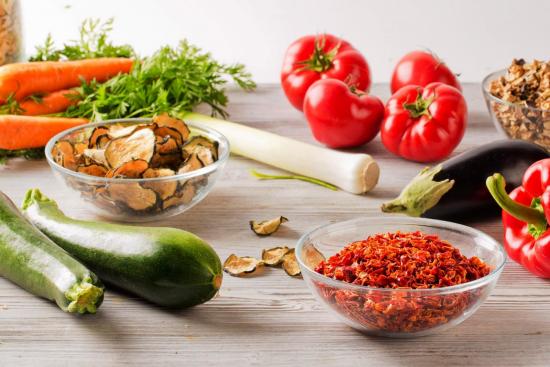
Battles where carrots are used as projectiles or weapons are no less picturesque.
Ancient Greek medical scientists knew about the enormous benefits of carrots for the body and recommended consuming it to their patients.
The Slavs used a mixture of carrot juice and cow butter to treat diseases of the digestive system.
Nowadays, the vegetable is used everywhere; it is an ingredient in most dishes of different cuisines around the world. Preparing a dried product for the winter will, of course, be useful to every housewife. After all, it’s easy to use, quick, and you won’t need to spend additional money on vegetables that become more expensive in winter.


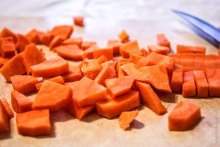
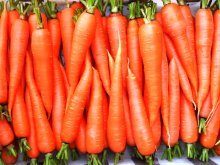
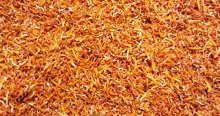

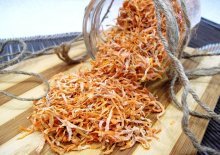
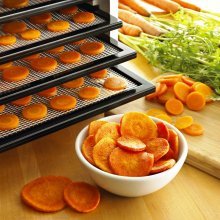
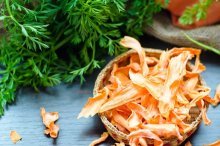

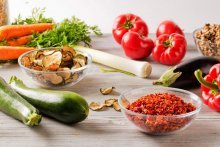
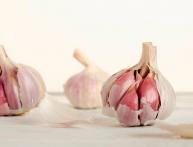

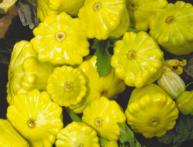

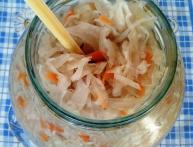
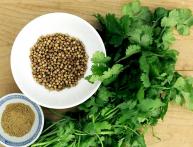
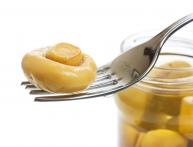
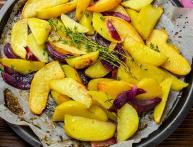
Comments
We have never tried drying root vegetables, but we store carrots in the basement. True, it is not always well stored until spring and it often happens that it begins to dry out and deteriorate. The method of preserving carrots by drying is a very good alternative.
Somehow we didn’t even try to dry carrots; we never had much of it; rather, we have to buy it later due to a lack of supplies at the end of spring, at least for sure.
I used to dry parsley and dill for the winter, but now I’ve switched to freezing. Having a spacious freezer, you can freeze many vegetables, fruits, and berries and they taste better than dried ones.
For me, this is just a discovery, it’s true, live and learn. Every year we have a good harvest of carrots, but unfortunately there is no storage space. I salted it, but something was wrong, and froze it. Well, now I’ll dry it .It’s a godsend for soup, thanks for the information.